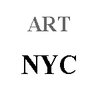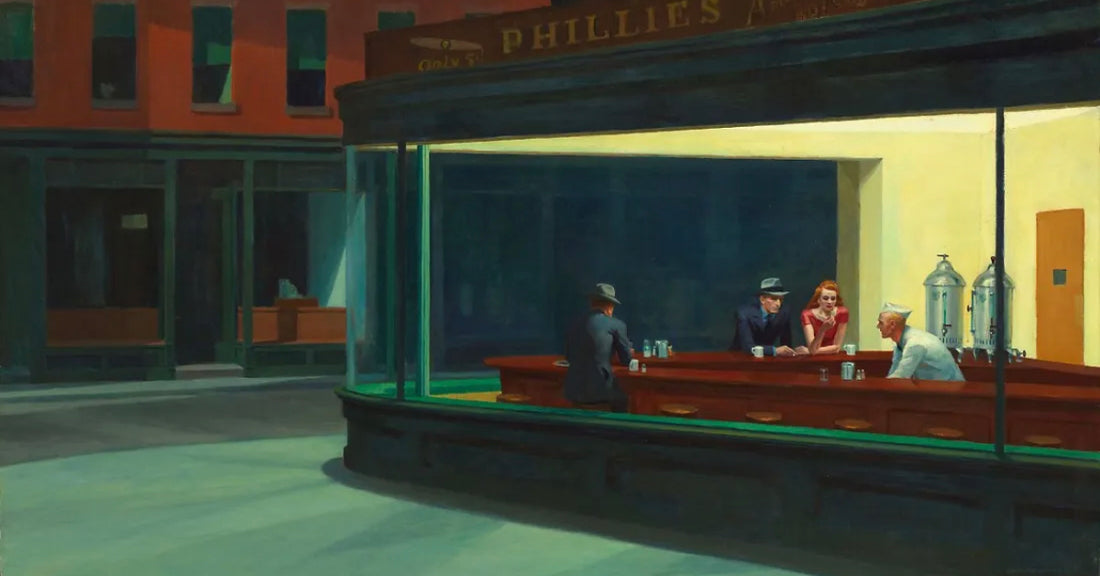A collector who loved a contemporary American artist said, "As the works piled up, I had no place to put them in my house anymore. Where do I keep all these works? She visited the Metropolitan Museum of Art and offered to donate her excellent collection. The answer to the return from the high-nosed Metropolitan Museum of Art was No. The museum, full of works by European artists and great historical relics at the time, did not accept assignments by unknown American artists. So angry, Gertrude Vanderbilt Whitney decided to make his art museum. The Whitney Museum of Art, which was born in 1931 and moved to Madison Street in 1966, and operated for a long time, has become a representative art museum in name and reality. Madison Avenue's old building is currently rented and used by the Metropolitan Museum of Art, so you don't know anything about the world. The character of the Whitney Museum of Art is a museum that deals with American art. It only dealt with Americans in the past, but now it has expanded its scope to all artists working in the United States. He also holds the Whitney Biennale every two years to discover and introduce new artists in the United States.
Now at the Whitney Museum of Art, an exhibition by Edward Hopper, one of Americans' favorite painters, is being held. Edward Hopper is also a writer who Whitney discovered and continued to support when he was unknown. In return, Edward Hopper's wife donated 2,500 of his works to the Whitney Museum around the 1970s.
Edward Hopper (1882-1976) wanted to be an illustrator. You can also see his illustrations at this Whitney Museum of Art exhibition, and perhaps influenced by the realist painter Gustav Courbet, his work feels realistic and somewhat dry. He looked at the City's daily life from his unique perspective and captured the empty image of New York, where the relationship between people seemed empty and dry. It felt like everyone was playing separately somewhere, even in the same place. The era in which he lived experienced World War I and the Great Depression, so the content realism of that era is well reflected.
Edward Hopper is also one of the most expensive writers. The 1927 "chop Suey" was sold for $91,875,000 at Christie's auction in 2018. This work depicts two people eating at a Chinese restaurant, and it is not a friendly appearance of eating but a perfect expression of the loneliness and loss of urbanites.

Another of Edward Hopper's most famous paintings, Night Hawk, is now in the Chicago Museum of Art collection, where you can see sketches of it. The original work is cold, but almost all the drawings are warm. It can be seen that the artist tried to revive the feeling of solitude thoroughly computationally with paint and brush. Opinions are divided on where the background of this painting is, but the prevailing view is that it is a "nighthawk" that was still open until 2017 in West Village Greenwich. Currently, there are not many diners left in City, but diners are also American life itself; where they serve Americans breakfast, lunch, and dinner, are not closed 24 hours a day, and can drink coffee or alcohol. A restaurant is still in operation here, and a Korean-style ramen shop called "Jeju Noodle Bar," run by a Korean chef, is operating. There is still some image of the diner from the painting.

What surprised Edward Hopper at the Whitney exhibition was none other than the audience's appreciation of the exhibition. Of course, the museum in New York is full of art lovers and visitors everywhere, but I have never seen people's more severe appreciation than this exhibition. I was deeply impressed by their eyes and attitude to reading each picture, and I could see how much Americans loved the artist and how much they sympathized with the daily life of New York, where they lived in Edward Hopper's work.
The exhibition will continue until May 5, 2023, so why don't you visit there?



